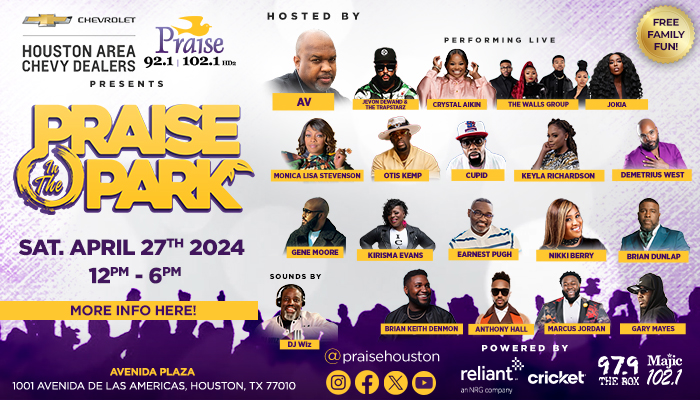Houston was one of three cities in the United States to experience a Pentecostal revival at the turn of the last century. Initial events leading to the revival will be portrayed in a re-enactment featuring a cast of more than 100, a choir of 250 and an orchestra of 20.
The play, Healed in Houston, is written and directed by Ken Gurley, pastor at First Church of Pearland.
“As that shift took place,” Gurley said, “a series of remarkable miracles transpired.”
Pentecostalism arrived in Houston in 1905 after an outpouring of Pentecostalism in Topeka, Kan., spread southward.
Mike Anderson, pastor of Christ Church in Houston, said it began with a family in Orchard, a town of about 1,000 in Fort Bend County. The family had lost its citrus crop to the hurricane that in 1900 devastated Galveston, followed by a freak snowstorm that dropped 28 inches. The head of the family became ill from the stress, Anderson said, and headed to Missouri to bathe in “healing springs.”
While there, he heard a man named Charles Parham speak, and from him received a “conversion and healing.” He encouraged Parham to come back to Orchard with him. The ensuing revival was a hit.
“Only a few people claimed to be Christians, but by the time the revival was over, there were maybe six or seven that weren’t Christians,” Anderson said. “So it was quite a revival.”
“Only a few people claimed to be Christians, but by the time the revival was over, there were maybe six or seven that weren’t Christians,” Anderson said. “So it was quite a revival.”
Soon after, the group began holding “street meetings” at Market Square in downtown Houston.
“In those days, preaching was not just a form of converting people,” Anderson said. “It was also a form of entertainment. People came out to hear the singing.”
People took notice when a paralyzed woman named J.M. Dulhane was healed by the preacher.
Pentecostalism is not a denomination, Anderson said. It’s an “experience” that has always been open to people of all colors and all denominations, even during times of segregation.
Take the story of William Seymour, the son of emancipated slaves, who moved to Houston in 1905 in search of family members.
After receiving the baptism of the Holy Spirit, he went on to lead the Azusa Street Revival in Los Angeles, a movement credited for the worldwide recognition of Pentecostalism, Gurley said.
It was hard for people not to notice what was going on, especially as Pentecostal baptisms are known for glossolalia, or speaking in tongues.
“Speaking with tongues is a sign or evidence of the Holy Spirit baptism,” Anderson said. “It’s not spooky. It signifies the entrance of the Holy Spirit into your life.”
Anderson, 58, experienced it when he was 6.
“I was drawn to the front of the church by the preaching, which was very fervent,” Anderson said. “I remember seeing in my mind a picture of the Lord Jesus Christ hanging on the cross. I had a feeling that was overwhelming love. That, and I did speak with other tongues.”
Anderson said he’s seen thousands of people experience the same thing, most recently his 8-year-old grandson.
He anticipates more than 3,000 people will be baptized after the conference’s grand finale, a revival service called Texas Ablaze, on Oct. 3.
“It does not mean you live in la-la land for the rest of your life,” Anderson said, “but it is a powerful, motivating experience that changes you forever.”









